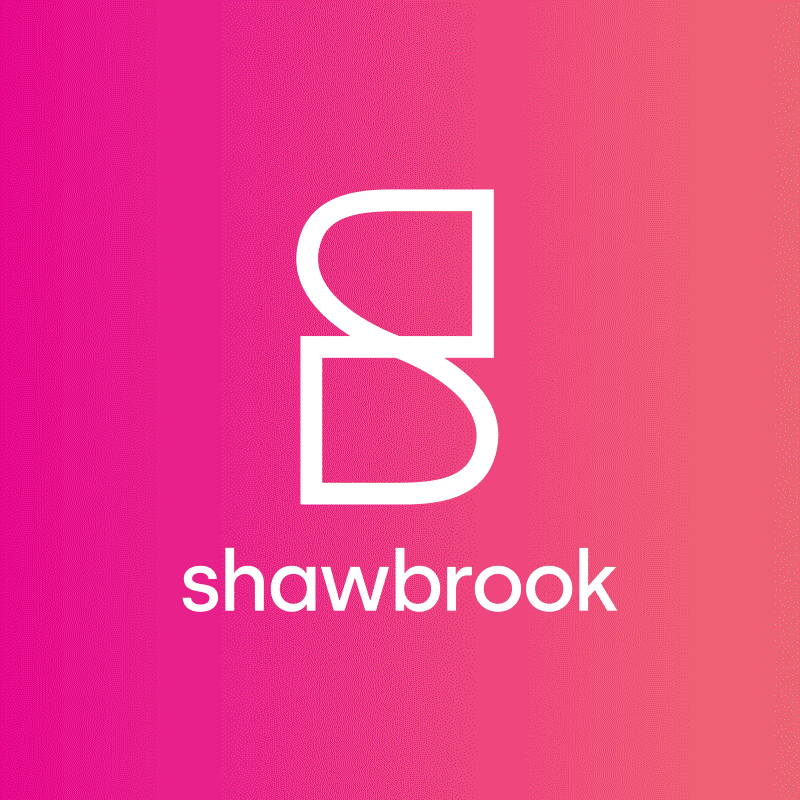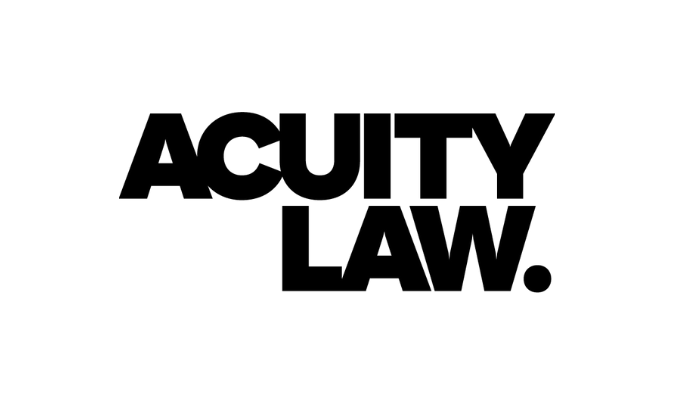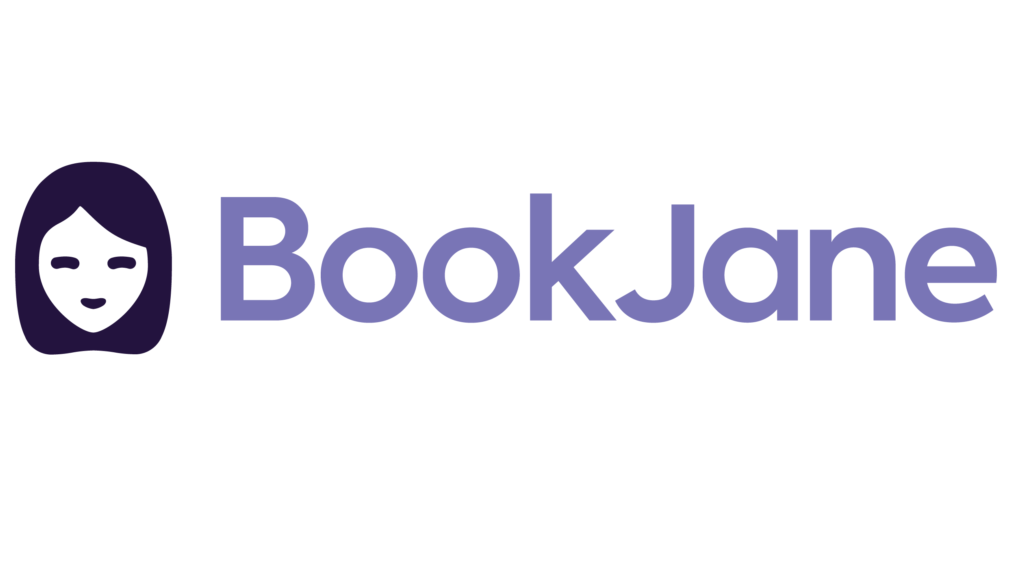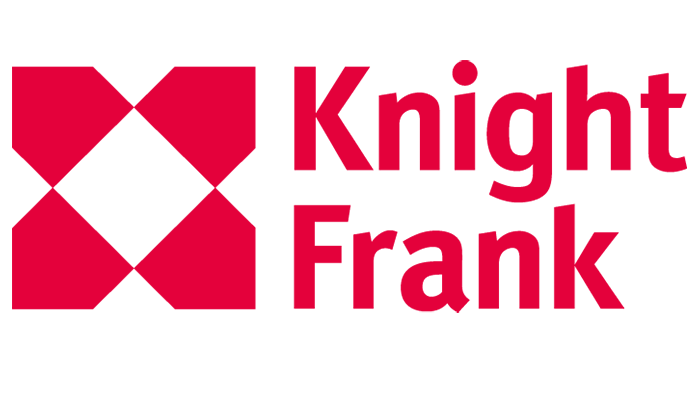Acuity Law partner Jenny Wilde gives the lowdown about incoming changes to The Care Quality Commission (CQC) regulatory regime coming in Autumn 2023.
Sponsored ContentPrivate retirement living sales prices remain strong in the face of Covid-19 pandemic pressure
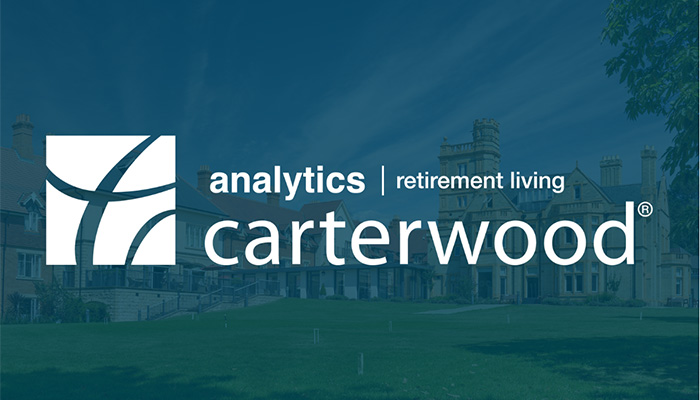
Gathering retirement living sales data can be hard work, but you need access to accurate information to make good decisions – that’s where Carterwood steps in. Our online platform gives retirement living operators, developers, and investors access to a proprietary database covering more than 500 retirement developments across Great Britain, including detailed sales figures for over 26,000 individual properties.
To illustrate the depth of this data, in this article we explore the impact of the Covid-19 pandemic on the sold prices of private retirement living properties in England, specifically comparing the nine-month window following the UK national lockdown (23 March 2020 to the end of 2020) to the equivalent nine-month period in 2019.
Headlines
- Sold prices increased 5% year-on-year overall
- Sales rates increased 2% year-on-year overall
- Significant regional variation in sold price and sales rates
- Top-end and middle-upper tier scheme sold prices performed better than middle tier schemes.
In terms of pricing performance for private retirement living properties, the market appears to have held up well in 2021, with a national increase of 5% in sold prices year-on-year (from £344,491 to £363,342), and a marginal 2% increase in sales rates (from £443 to £450 per square foot).
This growth is marginally lower than the 8.5% growth in house prices nationally, but it’s important to remember that the market for retirement living properties is the same demographic – our older population – who were most at risk from the pandemic, which we would expect to lead to a higher degree of caution than across the broader population that constitutes the wider residential property market.
There is significant variation by region, from a 27% increase in average sold prices in London (from £578,200 to £736,490), to a 7% fall in the West Midlands (from £303,577 to £280,915).
We have excluded the Northeast from this analysis due to the low volume of sales in this dataset.
The East of England and the Northwest performed well, with sold price increases of 10% and 9% respectively, outpacing the 5% national increase. Notably, the Southeast saw the least change, with a 1% increase in sold prices (to £405,883).
These regional trends are largely consistent when we consider sales rates, with London experiencing a 9% increase (to £841 per square foot), compared to a 7% decline in the East Midlands (to £338 per square foot), leading to a national average of a 2% increase.

When considering the London market, the very significant locational differences in house prices around the capital are an important factor, with ranges that are rarely demonstrated in other regions. In addition, a relatively small pool of private stock is a likely driver for such strong performance compared to other regions.
It is likely that the sales at Audley Nightingale Place will increase upwards pressure on London averages, given the limited number of new schemes targeting this very top-end section of the Central London market. With upcoming developments such as The Oren and the Riverstone developments also set to occupy this section of the market, we are keen to see how sales rates perform at our next review.
Comparing performance by alternative measures, such as market tier, we see small increases for top-end and middle-upper scheme sold prices, in line with national increases, but middle market scheme performance remains flat.

The full impact of the stamp duty holiday is likely not yet evident, with much of the related house price growth occurring during Q1/Q2 2021. As such, we expect the results of this government support scheme to reveal itself in our data over the coming months.
Summary
It’s heartening to see that both sold prices and sales rates have remained relatively robust in the period following the Covid-19 outbreak last year, particularly as we understand that sales volumes overall dropped during this period, as you would expect given the general climate of uncertainty affecting every sector at that time.
The Covid-19 pandemic has tested the resilience of every sector, but it’s clear that being able to isolate effectively in one’s own home while continuing to access vital services was hugely beneficial to those residing in retirement living schemes. This feature has kept Covid-19 mortalities incredibly low, and reinforced the appeal of this accommodation type.
As our older population continues to increase over the coming years, we believe the need and demand for specialist older people’s housing such as retirement living is set to grow rapidly. We look forward to sharing future updates that assess the different characteristics of the private retirement living market.
Methodology
Our dataset and associated analysis constitutes specialist retirement living operators that are primarily focused on the private market, and their associated schemes. We believe that these schemes have the most value when it comes to assessing retirement living markets for development and pricing analysis.
Carterwood Analytics – retirement living
Carterwood’s digital platform for retirement living market analysis provides instant access to the essential data needed to assess the viability of new retirement living schemes quicker, improve sales velocity, and maximise your sale/resale rates. Visit the Carterwood website or email sales@carterwoodanalytics.co.uk to find out more.
Carterwood is a multi-award-winning property advisor dedicated to social care. We provide market analysis services and software to investors, developers, and operators within the elderly care home and retirement living sectors. We combine sector-specialism with unparalleled data quality and a commitment to innovation, to help our clients make better decisions
Latest Intelligence
How BookJane, technology platform for health care facilities, manages to increase utilisation, flexibility, staff satisfaction and reduce turnover
Sponsored ContentThis year's report focuses on the healthcare investment market trends from the past year and covers our thoughts for the year ahead.
Market reports
